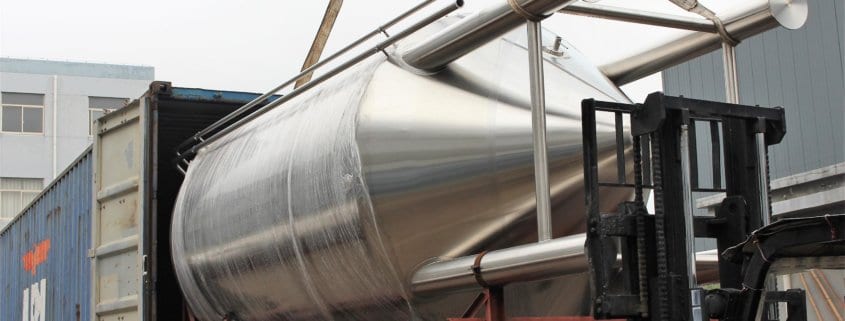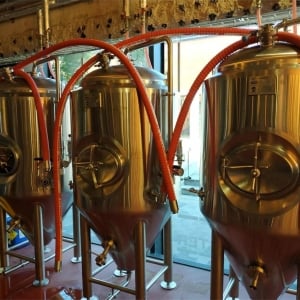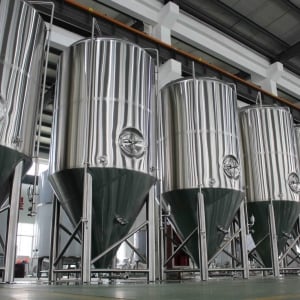Stainless Fermenter: The Ultimate Guide to Choosing and Using One
If you are a homebrewer or a professional brewer, you know that a stainless fermenter is a crucial component in the beer-making process. But with so many options available, it can be overwhelming to choose the right one for your needs. In this article, we’ll dive into everything you need to know about stainless fermenters, from their benefits and drawbacks to the different types and sizes available. We’ll also cover how to properly use and maintain your stainless fermenter, so you can ensure the best quality beer every time.
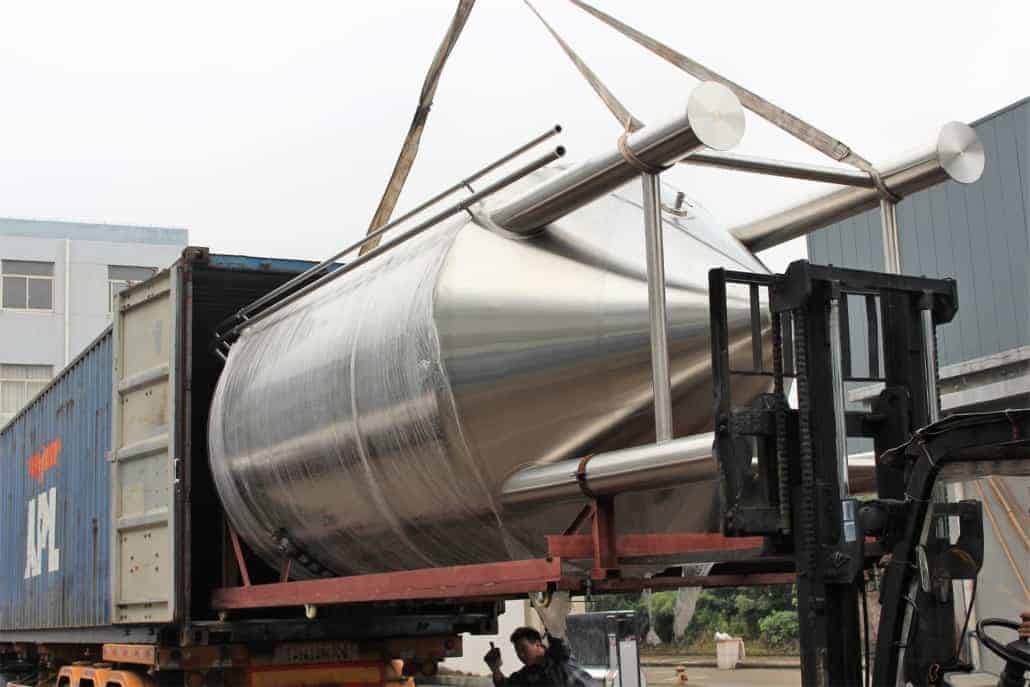
Benefits of Using a Stainless Fermenter
When it comes to homebrewing or professional brewing, using the right equipment can make all the difference. A stainless fermenter offers several benefits over other types of fermenters. Here are some of them:
Durability and Longevity
Stainless steel is a highly durable material that can withstand high temperatures and pressure, making it an ideal choice for fermenters. With proper care and maintenance, a stainless fermenter can last for many years. This means that you can invest in a quality fermenter once and enjoy the benefits for a long time.
Easy to Clean and Sanitize
One of the biggest advantages of stainless fermenters is that they are easy to clean and sanitize. Stainless steel is non-porous, which means it is resistant to bacteria and other microorganisms. This makes it easy to clean your fermenter before and after each use. You can use a non-abrasive cleaner and sanitizer to avoid damaging the stainless steel.
Temperature Control
Temperature control is crucial during the fermentation process. Stainless steel has excellent thermal conductivity, which means it can maintain a consistent temperature throughout the fermentation process. This is important for producing high-quality beer. Some fermenters even have a double-walled design with an outer jacket that allows for precise temperature control.
Aesthetics
A stainless fermenter has a sleek and modern look that can enhance the appearance of your brewing setup. It can also give your beer-making process a more professional and polished feel.
Using a stainless fermenter can significantly improve the quality of your beer while also providing other benefits such as durability, ease of cleaning, temperature control, and aesthetics. So, it’s no wonder why they are such a popular choice among homebrewers and professional brewers alike.
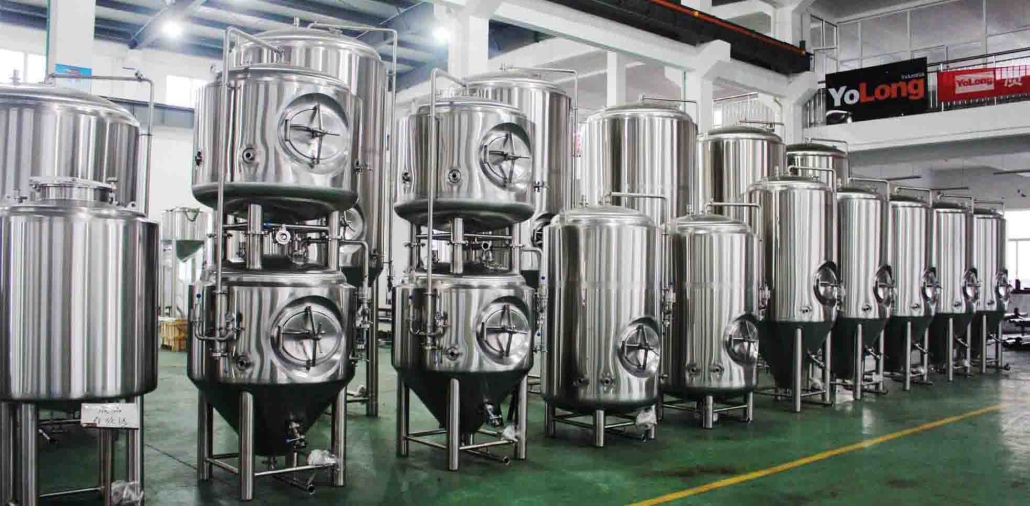
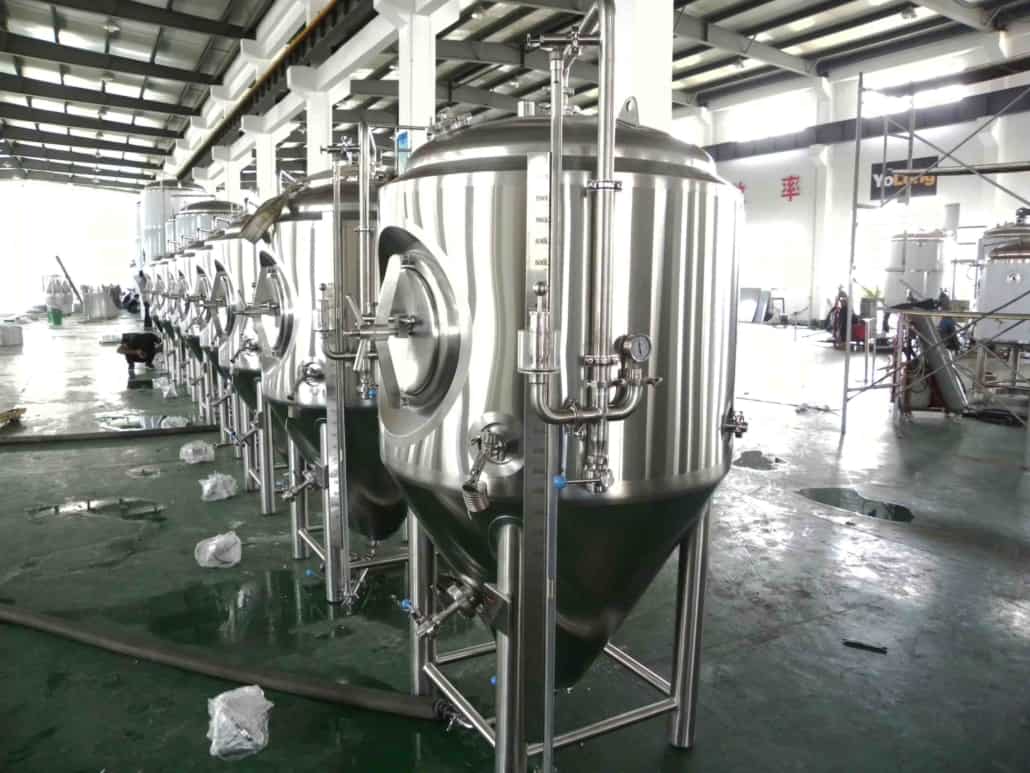
Types of Stainless Fermenters
Stainless fermenters come in different types, each with its own unique features and benefits. It’s important to understand the different types before making a purchase.
Conical Fermenters
Conical fermenters have a cone-shaped bottom, allowing sediment to collect at the bottom. They also have a valve at the bottom for easy transfer of the beer to another container. These fermenters are ideal for those who want to avoid transferring beer with sediments.
Conical fermenters are also ideal for dry hopping or adding fruit during the fermentation process. They also offer a larger surface area for the yeast to ferment, resulting in faster fermentation.
Flat-Bottom Fermenters
Flat-bottom fermenters have a flat bottom and are usually less expensive than conical fermenters. They are also easier to clean and sanitize. However, they don’t offer the same level of sediment collection as conical fermenters.
Flat-bottom fermenters are ideal for those who don’t need to worry about sediment and don’t want to spend as much money. They are also a good choice for those who want a simpler fermentation process.
Jacketed Fermenters
Jacketed fermenters have a double-walled design with an outer jacket that allows for temperature control during fermentation. They are ideal for brewing lagers or other beers that require precise temperature control.
Jacketed fermenters are also great for those who want to experiment with different temperatures during the fermentation process. They can be used for both hot and cold fermentation, allowing for more flexibility in the brewing process.
Unitank Fermenters
Unitank fermenters combine the features of a conical fermenter and a jacketed fermenter. They have a cone-shaped bottom and an outer jacket for temperature control. They also have a pressure relief valve, making them ideal for those who want to carbonate their beer in the same container.
Unitank fermenters are more expensive than other types of fermenters, but they offer a more advanced and versatile fermentation process. They are ideal for professional brewers who want to create high-quality beer with more control over the process.
When choosing a stainless fermenter, consider the type that best suits your brewing needs. Each type offers unique benefits and features that can enhance the quality of your beer.
Choosing the Right Size
Choosing the right size for your stainless fermenter is an important consideration for any homebrewer or professional brewer. The size of your fermenter will depend on several factors, such as the size of your brewing setup and the amount of beer you plan to brew. In this section, we will provide you with some guidelines to help you choose the right size for your brewing needs.
Consider the Size of Your Brewing Setup
When choosing a stainless fermenter, it’s important to consider the size of your brewing setup. If you have limited space, a smaller fermenter may be a better choice. On the other hand, if you have a larger brewing setup, you may need a larger fermenter to accommodate your needs.
Choose the Right Size for Your Batch Size
The size of your batch is another important consideration when choosing a fermenter. If you plan to brew smaller batches of beer, a 5-gallon fermenter may be sufficient. However, if you plan to brew larger batches, a 10-gallon fermenter or larger may be necessary.
Consider the Type of Beer You Want to Brew
The type of beer you want to brew can also influence the size of fermenter you need. For example, if you want to brew lagers or other beers that require precise temperature control, a jacketed fermenter may be necessary. These fermenters can be larger and more expensive, but they offer more control over the fermentation process.
Think About Your Future Brewing Needs
Finally, it’s important to consider your future brewing needs when choosing a fermenter. If you plan to expand your brewing setup or start brewing larger batches of beer in the future, it may be a good idea to choose a larger fermenter now to avoid having to purchase another fermenter later on.
Choosing the right size for your stainless fermenter is an important decision that should not be taken lightly. Consider the size of your brewing setup, the size of your batch, the type of beer you want to brew, and your future brewing needs when making your decision. With the right fermenter, you can ensure that your brewing process is as efficient and effective as possible.
Using and Maintaining Your Stainless Fermenter
Once you have chosen your stainless fermenter, it’s important to know how to properly use and maintain it. Here are some tips:
Cleaning and Sanitizing
Before using your fermenter, be sure to clean and sanitize it thoroughly. Use a non-abrasive cleaner and sanitizer to avoid damaging the stainless steel.
Temperature Control
Maintaining a consistent temperature is important for the fermentation process. If your fermenter does not have a jacket for temperature control, you can use a temperature controller or a temperature-controlled room.
Oxygenation
During the fermentation process, yeast requires oxygen to reproduce and create alcohol. Make sure to oxygenate your wort before pitching the yeast. You can do this by shaking the fermenter or using an oxygenation stone.
Fermentation Time
The length of fermentation time depends on the type of beer you are brewing and the yeast strain you are using. Generally, fermentation takes about one to two weeks. After fermentation is complete, you can transfer your beer to another container for further aging.
Maintenance
After each use, clean and sanitize your fermenter. Check for any signs of wear and tear, such as scratches or dents, which can harbor bacteria. Also, check for leaks and make sure all valves and fittings are tightened properly.

Conclusion
Investing in a stainless fermenter is a smart choice for any homebrewer or professional brewer. Not only do they offer several benefits over other types of fermenters, but they are also durable and easy to maintain. When choosing a stainless fermenter, consider the type and size that will best suit your brewing needs. And always remember to properly clean and sanitize your fermenter after each use.
Thank you for reading this blog about Stainless Fermenter. If you’re looking for a high-quality, durable, and easy-to-use Stainless Fermenter, we recommend the brewing equipment brand Yolong Brewtech. Yolong brewing equipment has a good reputation in the market, and their products’ quality and reliability have stood the test of time. To learn more, visit our product page and browse our brewing system products.

